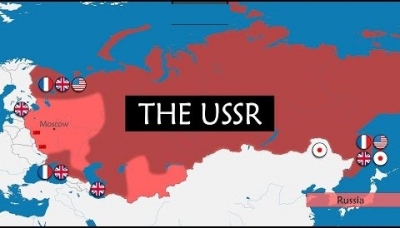
The Soviet Union ceased to exist on December 25, 1991, as President Mikhail Gorbachev announced its dissolution. The day also marked the birth of the Russian Federation with Boris Yeltsin as its first president.
The world’s largest communist state, the mammoth power that had influenced international politics for so long, was dissolved to form 15 independent republics. What brought the giant down? There were many factors that led to this – political, economic, social and military. The Soviet economy had been suffering for a long time, and the country’s bureaucracy was inefficient. Mikhail Gorbachev, who was appointed the general secretary of the Communist Party in 1985, wanted to give the system a strong push. He brought in two major policies, ‘glasnost’ (which means ‘openness’) and ‘perestroika’ (‘restructuring’). Glasnost gave people the freedom of speech, and religion was restored. Hundreds of former dissenters were released from prison. The aim of perestroika was to adopt a mixed economic system of communism and capitalism. All this was strange and too sudden for the hitherto closed Soviet system, and created social and economic tensions. Under the Soviet economy, all sources of industrial and agricultural production were under the control of the government, and this idea was shaken by the new reforms. Nationalist parties soon raised their heads in the constituent republics posing a threat to the Soviet monolith.
Picture Credit : Google




